This large room focuses on the small ducal seat of Weimar, which became the centre of Goethe’s life; there he devoted himself to politics, art, and science until the end of his life.
In 1775 Duke Carl August invited Werther’s author to Weimar. The 18-year-old had just taken over the reins of government and for a partner in dialogue sought not a statesman but a poet. This attitude was in consistent with the exceptional position that Weimar had acquired through the duke’s mother Anna Amalia. She had transformed the small ducal seat into a Musenhof, a court of the Muses, bringing in authors, artists, philosophers, and musicians, and promoting libraries and the theatre. There Goethe made the acquaintance of Wieland, Musäus, and Charlotte von Stein, later Herder joined in.
Goethe remained until his death, he held political offices and was elevated to the nobility. In 1786 he withdrew from Weimar society for two years for a trip to Italy. After his return he shifted his sphere of activities more towards art and science. He produced magazines in close friendship with Schiller, he initiated prize competitions with the Weimarer Kunstfreunde (Weimar Friends of Art), he oversaw architectural projects, a library, and theatre. But above all, he produced the bulk of his literary and scientific work.
The portraits of this special circle were initially made by court artists such as Heinsius, Kraus, and Klauer. The duchess and her sons appear in magnificent late baroque style, but in contrast the young Carl August already had his hair cut short. The meanwhile canonized heads of Weimar Classicism — Wieland, Schiller, Goethe, but also the celebrated actress Caroline von Heygendorff and the princess Maria Pavlovna — were painted decades later by Kügelgen, Stieler, Hetsch, and Tischbein. Goethe’s literary figures also appeared in the images, whether life-sized like the crowned Tasso or small and atmospheric like the Erlking in the wild night.
Objects in the room
-

Johann Ernst Heinsius
ANNA AMALIA HERZOGIN VON SACHSEN-WEIMAR-EISENACH
1780, oil on canvas
-
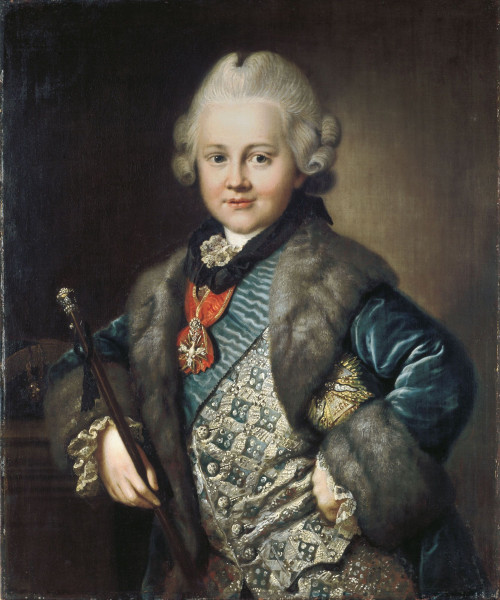
Johann Ernst Heinsius
CARL AUGUST ERBPRINZ VON SACHSEN-WEIMAR-EISENACH
Around 1769/75, oil on canvas
-
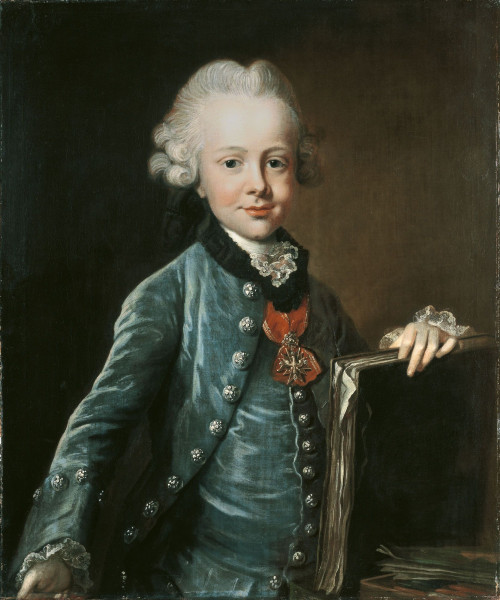
Johann Ernst Heinsius
CONSTANTIN PRINZ VON SACHSEN-WEIMAR-EISENACH
Around 1769/74, oil on canvas
-
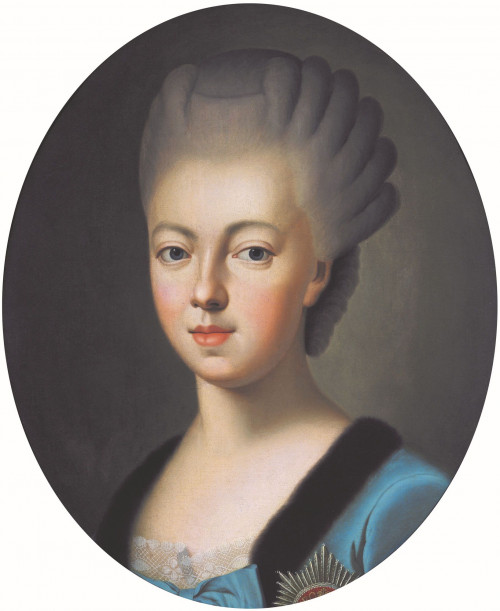
Johann Ludwig Strecker
LUISE PRINZESSIN VON HESSEN-DARMSTADT
Around 1774, oil on canvas
-
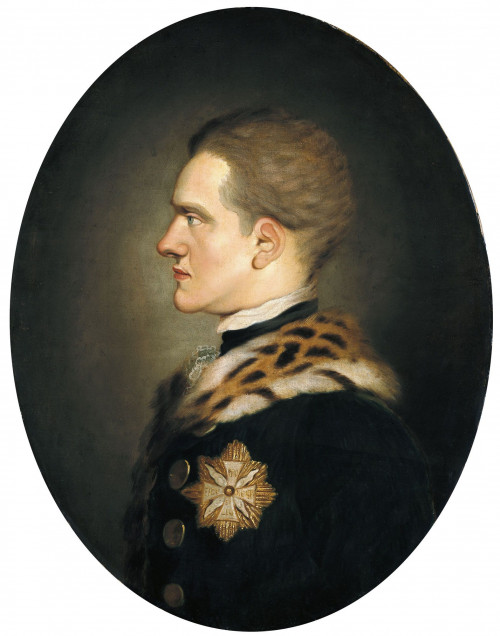
Johann Ernst Heinsius
CARL AUGUST HERZOG VON SACHSEN-WEIMAR-EISENACH
Around 1780/81, oil on canvas
-
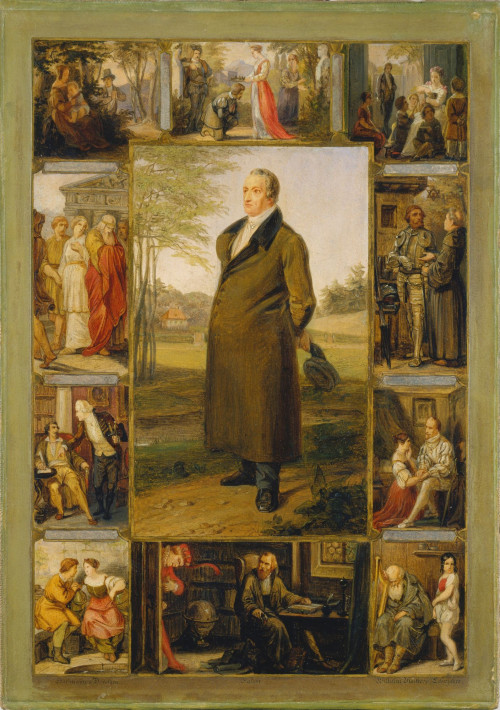
Moritz Daniel Oppenheim
GOETHE, UMGEBEN VON ILLUSTRATIONEN ZU SEINEN WERKEN
Around 1840/50, oil on paper
-
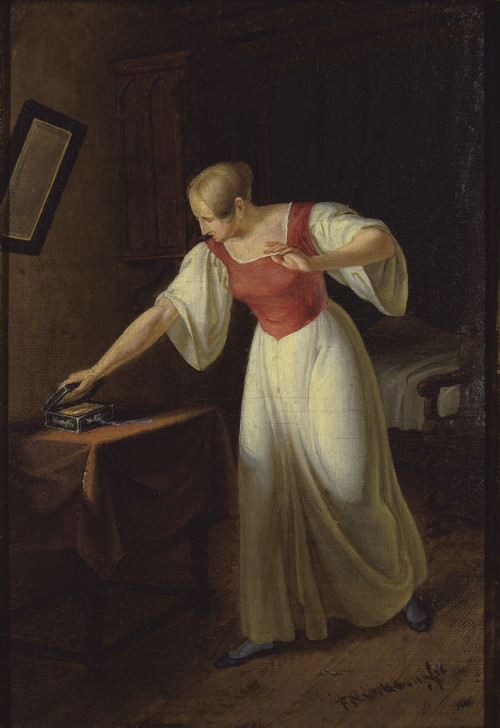
Franz Riepenhausen
GRETCHEN FINDET DEN SCHMUCK
Around 1811/14, oil on canvas, mounted on wood
-
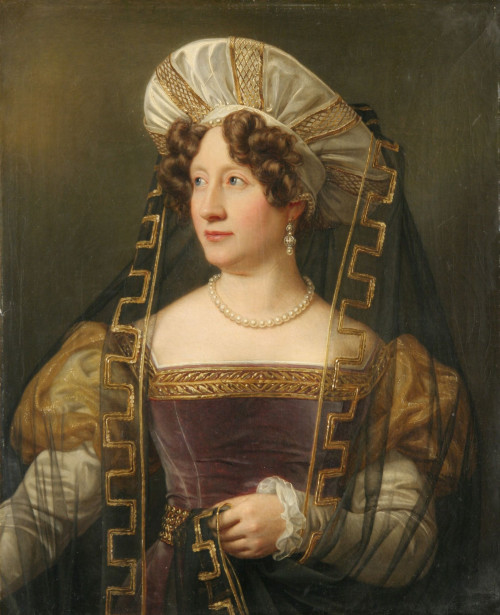
Joseph Karl Stieler
CAROLINE FREIFRAU VON HEYGENDORFF GEB. JAGEMANN
1828/29, oil on canvas
-
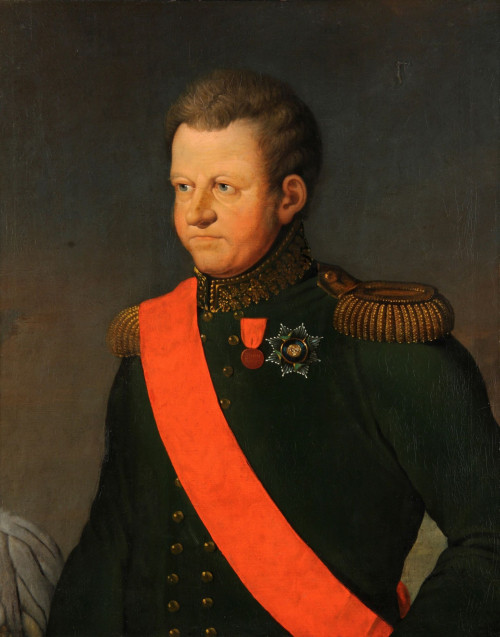
Ferdinand Jagemann
CARL AUGUST GROSSHERZOG VON SACHSEN-WEIMAR-EISENACH
Around 1816/17, oil on canvas